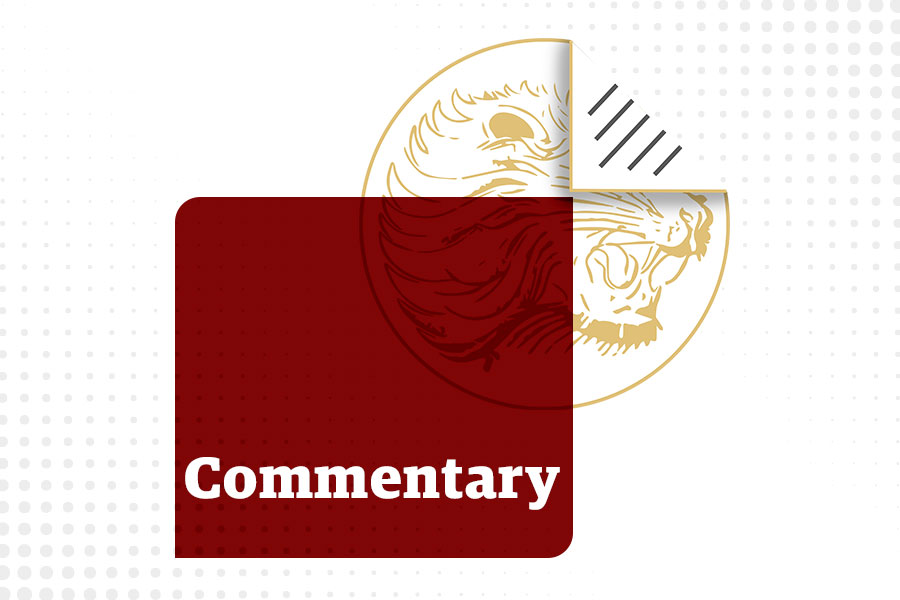
Commentaries | Oct 03,2024
Sep 27 , 2025
By Adaeze Oreh
This summer, a male patient at Specialist Hospital Damaturu in Nigeria's Yobe State physically assaulted a female healthcare worker following a dispute over the provision of medical attention. Sadly, this is a relatively common experience for healthcare workers in Nigeria, especially women. Surveys conducted in hospitals in Kaduna state and Abia state found that 64pc and 88pc of health workers, respectively, had experienced workplace violence.
During my own first year of clinical practice in Nigeria, when I was just 24 years old, I was attacked by a parent in the children's ward where I worked.
Nigeria is not alone. Reports of violence against healthcare workers have been on the rise over the last five years in a wide range of countries, including Australia, China, the Czech Republic, France, Germany, Poland, Slovakia, Spain, Turkey, the United Kingdom (UK), and the United States (US). A 2019 study, showed that 11pc of nurses in Italy had endured physical violence at work in the previous year, and four percent were threatened with a firearm. About half of all nurses reported experiencing verbal aggression.
Such reporting tells only part of the story. The belief that violence is "part of the job," together with the lack of protocols for handling attacks and the empathy of many in the healthcare field, discourages reporting. When I was attacked in 2004, narrowly avoiding a severe head injury, thanks only to the swift intervention of another patient's relative, I eschewed legal prosecution out of sympathy for the perpetrator's family, which was, after all, grappling with a child's illness and subsequent death.
It is likely that fewer than half of all victims of violence in healthcare settings report the incidents.
With this in mind, the World Health Organisation (WHO) estimates that as many as 38pc of healthcare workers suffer some form of physical violence, perpetrated mostly by patients and visitors, at some point in their careers. This figure does not cover the verbal threats and intimidation many workers face as they carry out life-saving work, often under high-stress, low-resource conditions.
Several factors contribute to the violence. Healthcare workers are often younger women. They work both day and night shifts in environments that are accessible to the general public, including people who have consumed drugs or alcohol, and people suffering from psychiatric illnesses. Staff and resource shortages mean that healthcare workers are often overworked, underpaid, and lack access to the tools they need to deliver quality or timely care.
Long wait times increase stress and frustration among patients (and their relatives), who often expect miracles, even when they present late for treatment. Add to that poor communication and weak workplace protections, and violence becomes a constant peril. Risks to healthcare workers are particularly acute in disasters, conflicts, and other humanitarian settings, where they may also become the targets of political or communal violence.
During the COVID-19 pandemic, social isolation, misinformation about the virus, and the "dehumanisation" of healthcare workers, who were often viewed as resources, not people, contributed to a sharp uptick in violence. As a result of these experiences, healthcare workers often deal with anxiety, depression, job burnout, post-traumatic stress disorder, and other mental health conditions. One study found that some 76pc of psychiatric nurses who suffered from workplace violence subsequently experienced depressive symptoms.
As health workers' well-being declines, so does the care that patients receive. Increased absenteeism and turnover compound the problem, especially as fewer people choose to enter the healthcare field. At a time when the world is facing a shortage of healthcare workers, projected to reach 10 million by 2030, this poses a direct threat to public health.
Protecting healthcare workers will require a variety of interventions. For starters, violence prevention and response should be integrated into workers' education and training. They should be taught communication strategies for de-escalating tense situations and self-defence techniques to use if violence erupts. Team-based training can strengthen coordinated responses, enabling other workers to intervene when their colleagues are targeted.
The scope and enforcement of existing worker-protection laws should be enhanced. Institutions should implement zero-tolerance guidelines, with clear protocols for monitoring workplace safety, reporting and investigating incidents, and bringing legal action against offenders. The swift arrest and prosecution of perpetrators, as seen after the recent attack at Specialist Hospital Damaturu, can act as a deterrent. Hiring trained security personnel would also help, as would the implementation of reliable communication systems that enable workers to sound the alarm when their safety is threatened.
A concerted effort should also be made to address health-worker shortages, such as through task-shifting or -sharing, the partial or complete redistribution of certain responsibilities to less qualified personnel, so that highly qualified workers can focus on tasks that require their expertise. Already, this approach has improved service delivery in a number of areas, including HIV/AIDS, tuberculosis, hypertension, diabetes, mental health, eyecare, maternal and child health, sexual and reproductive health, and emergency care, in 23 Sub-Saharan African countries.
All individuals have the right to a safe workplace. When we fail to uphold this right for healthcare workers, we hurt not only them but also the health of the public they serve.
PUBLISHED ON
Sep 27,2025 [ VOL
26 , NO
1326]


Commentaries | Oct 03,2024
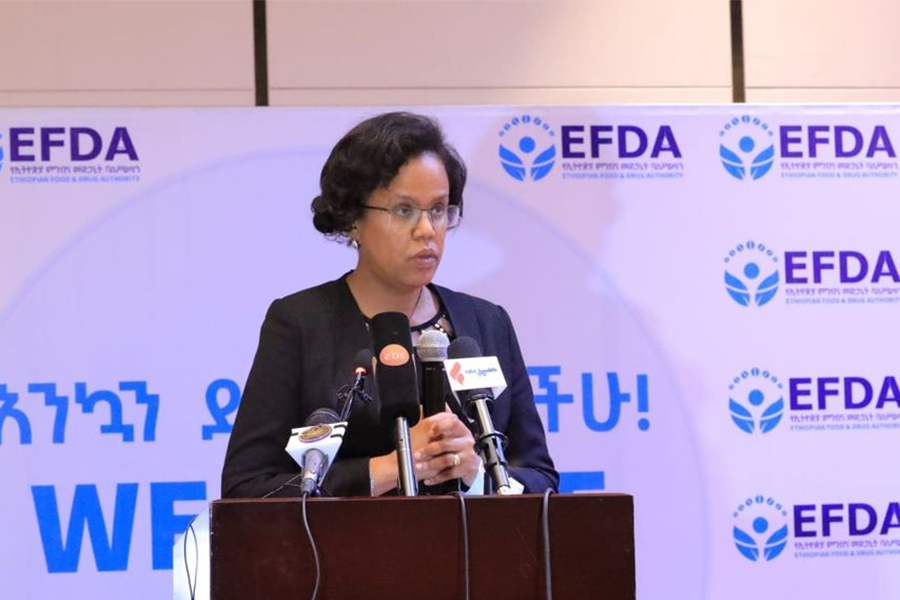
Fortune News | Oct 21,2024

Commentaries | Sep 21,2024
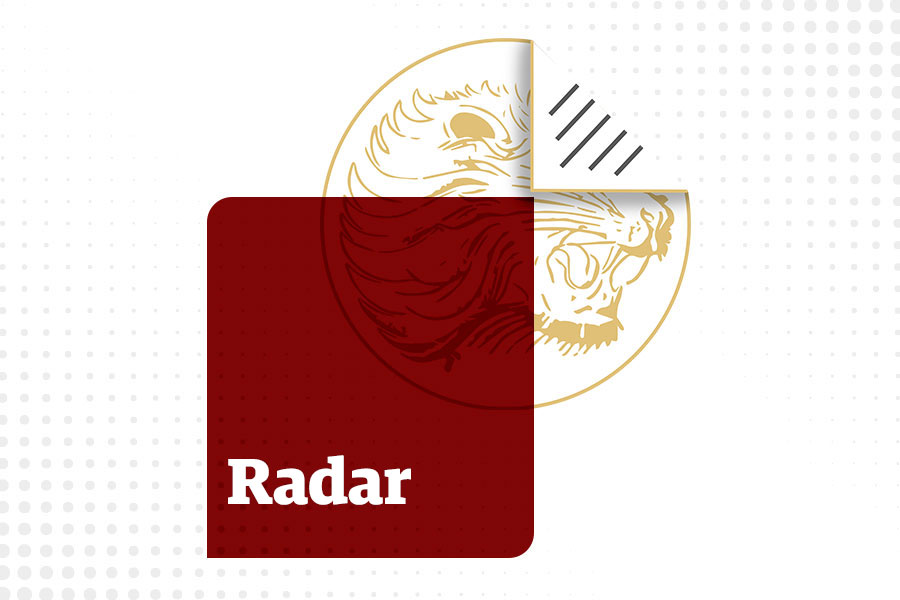
Radar | Jun 11,2022
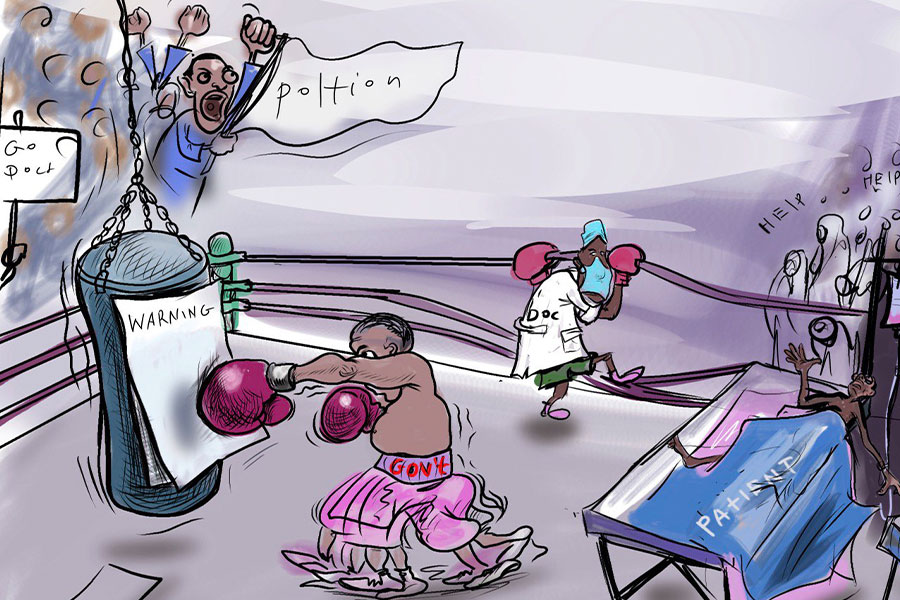
Editorial | May 24,2025
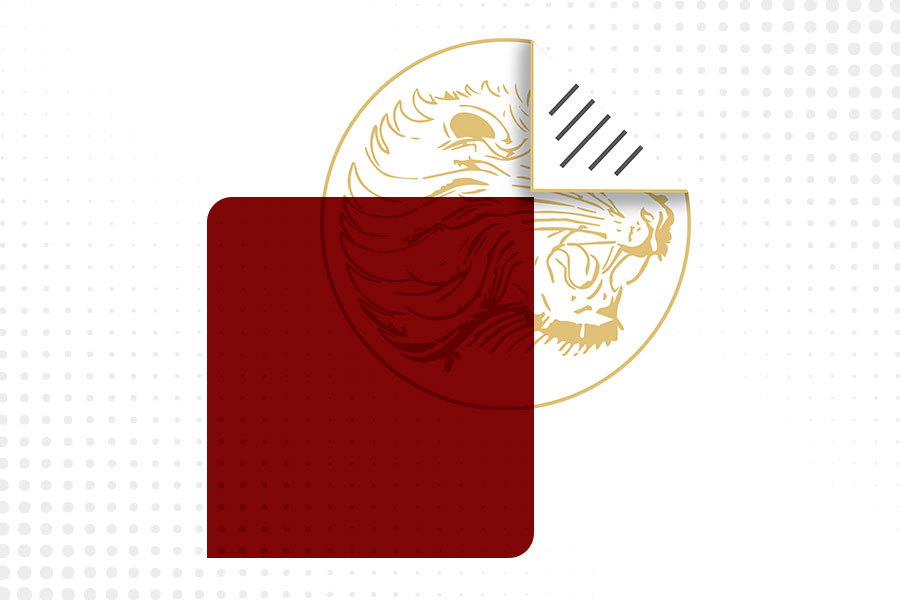
Commentaries | Sep 27,2020
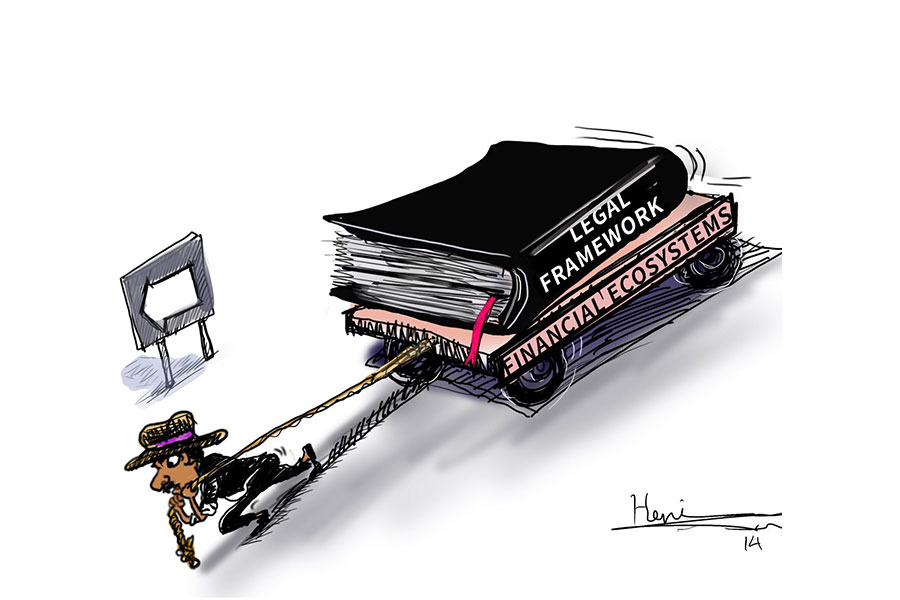
Editorial | Aug 27,2022

Radar | Feb 23,2019

Life Matters | Mar 02,2019

Fortune News | Jul 17,2022

Photo Gallery | 174741 Views | May 06,2019
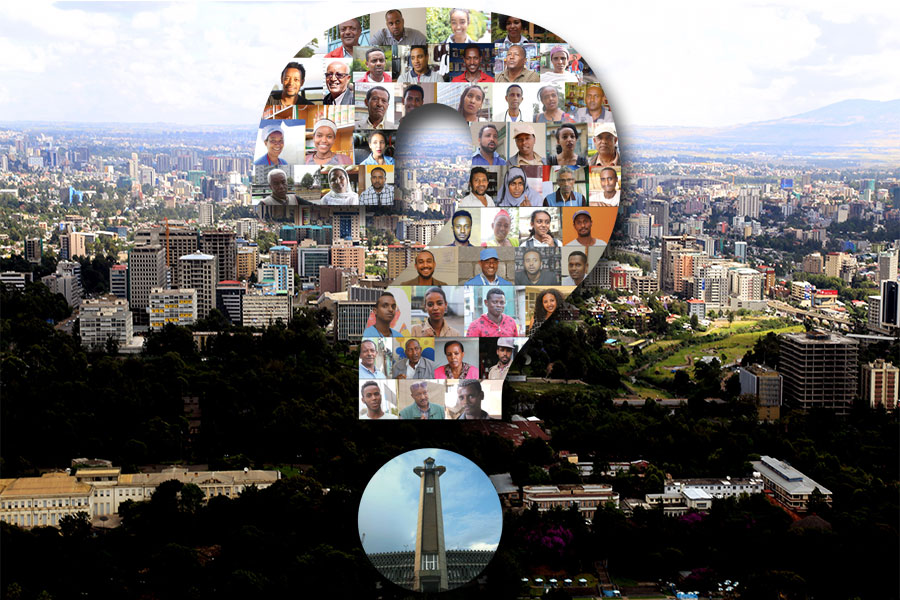
Photo Gallery | 164963 Views | Apr 26,2019

Photo Gallery | 155203 Views | Oct 06,2021

My Opinion | 136722 Views | Aug 14,2021
Editorial | Oct 11,2025
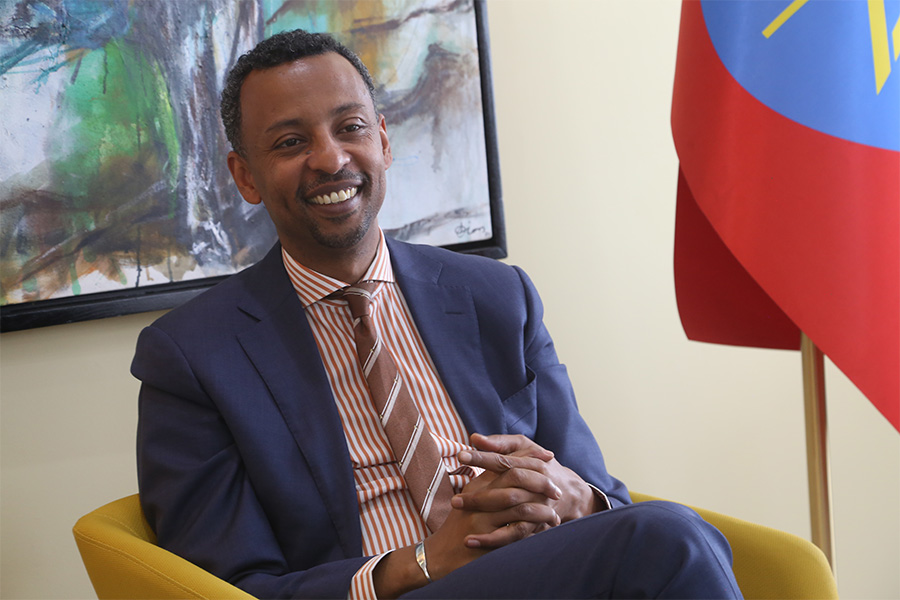
Dec 22 , 2024 . By TIZITA SHEWAFERAW
Charged with transforming colossal state-owned enterprises into modern and competitiv...
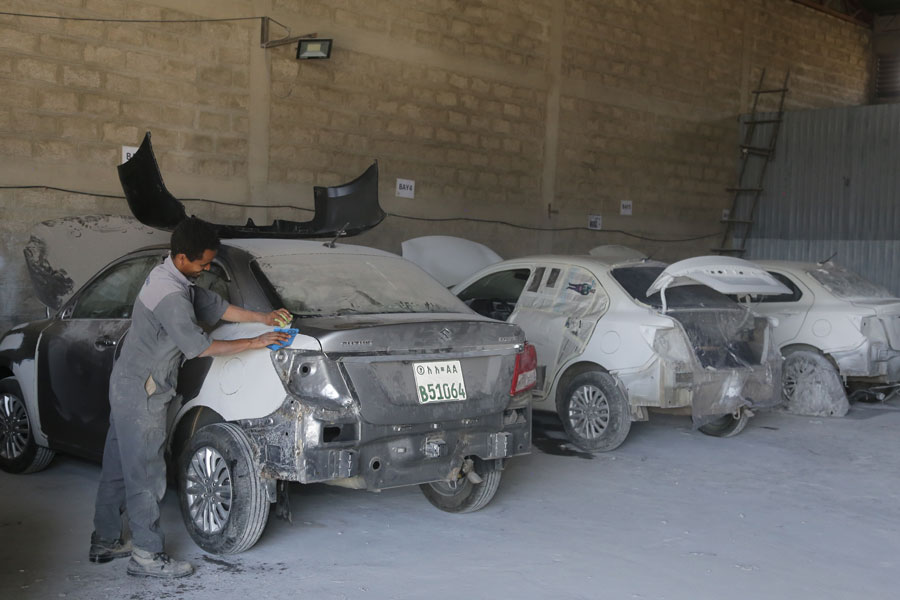
Aug 18 , 2024 . By AKSAH ITALO
Although predictable Yonas Zerihun's job in the ride-hailing service is not immune to...
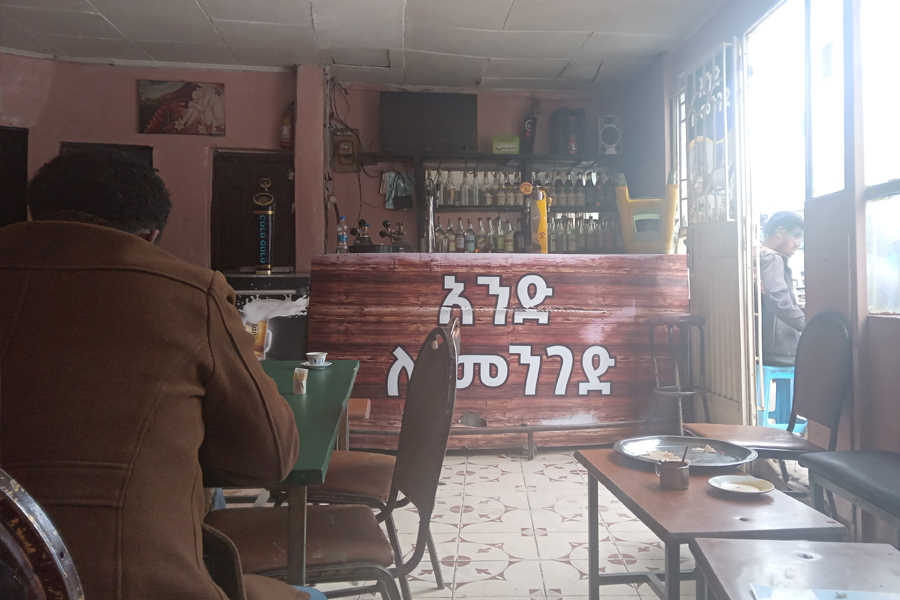
Jul 28 , 2024 . By TIZITA SHEWAFERAW
Unhabitual, perhaps too many, Samuel Gebreyohannes, 38, used to occasionally enjoy a couple of beers at breakfast. However, he recently swit...
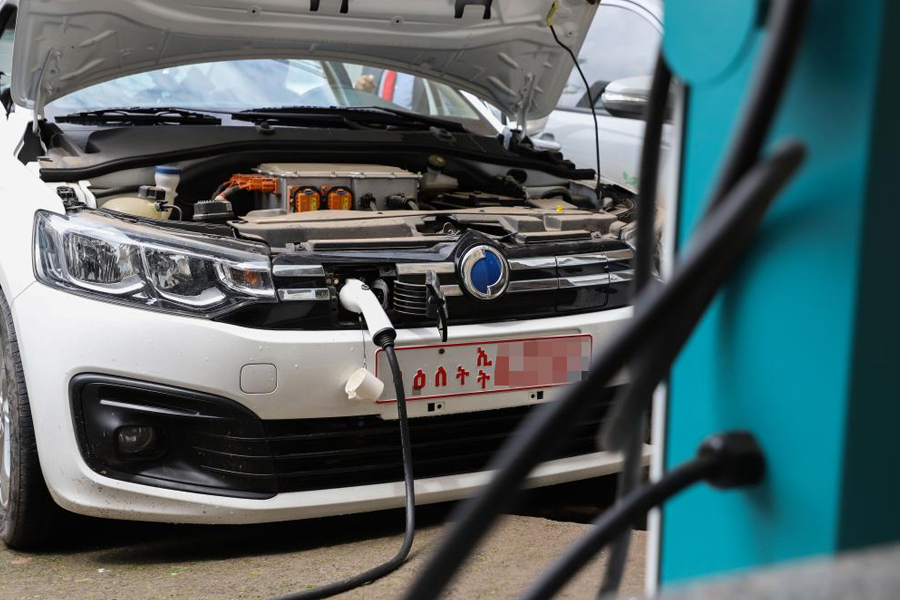
Jul 13 , 2024 . By AKSAH ITALO
Investors who rely on tractors, trucks, and field vehicles for commuting, transporting commodities, and f...
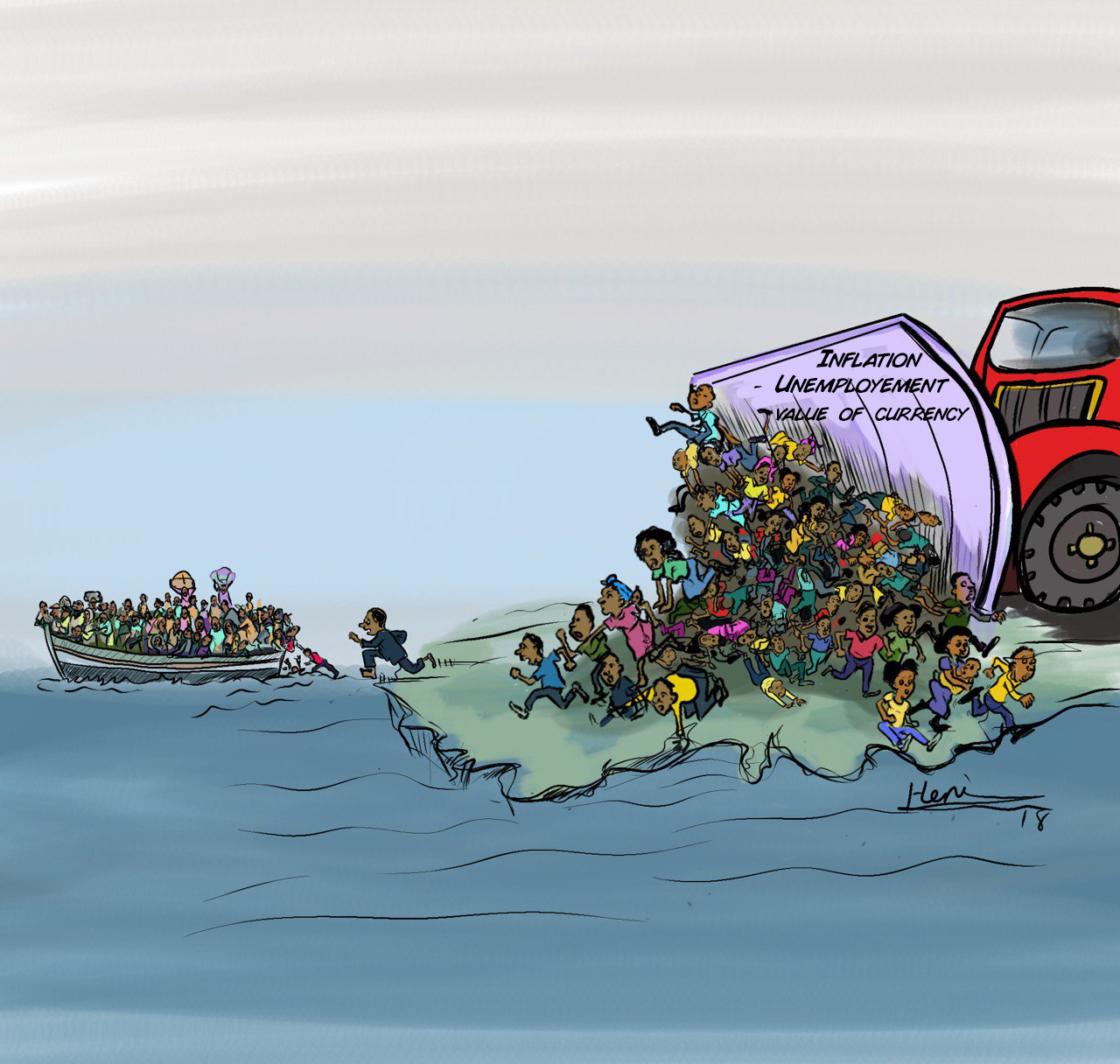
Oct 11 , 2025
Ladislas Farago, a roving Associated Press (AP) correspondent, arrived in Ethiopia in...
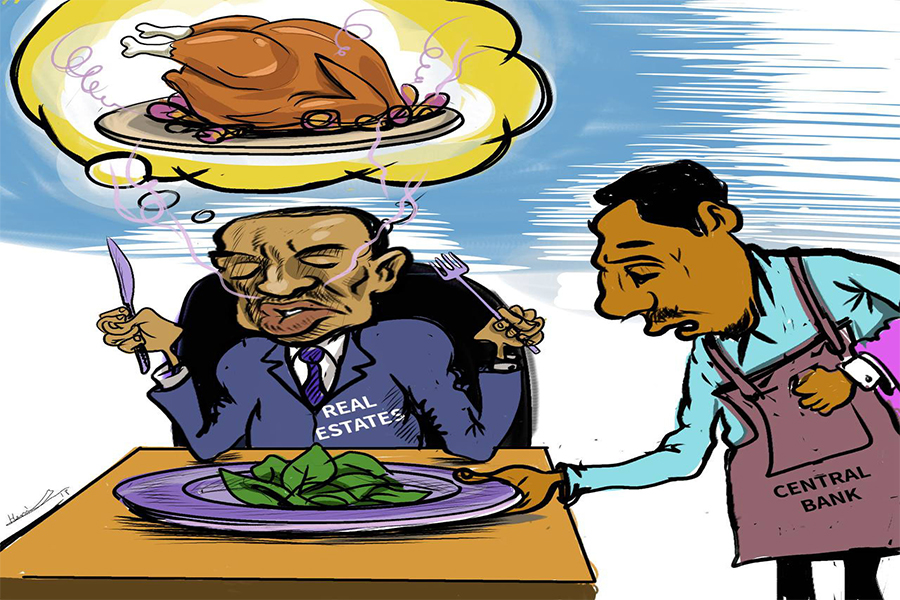
Oct 4 , 2025
Eyob Tekalegn (PhD) had been in the Governor's chair for only weeks when, on Septembe...
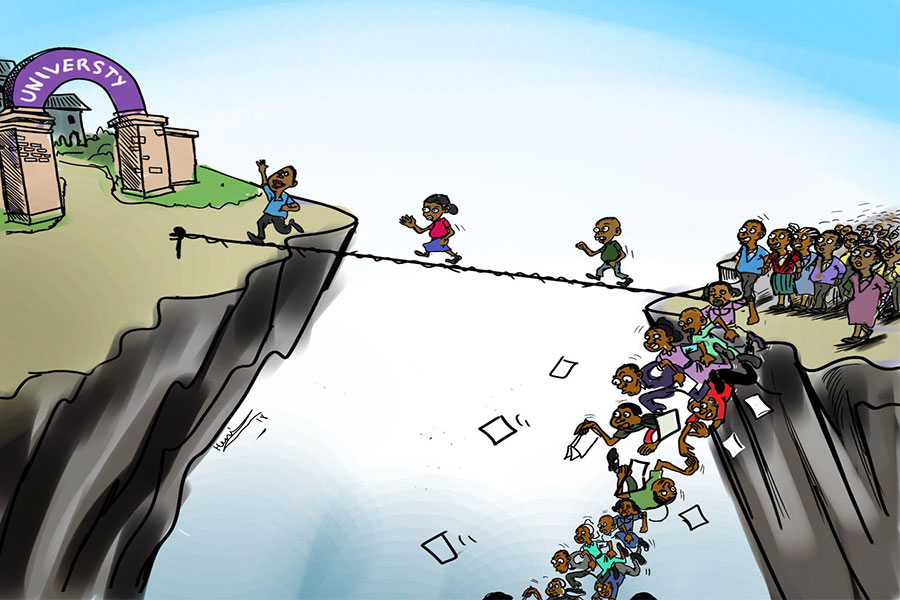
Sep 27 , 2025
Four years into an experiment with “shock therapy” in education, the national moo...
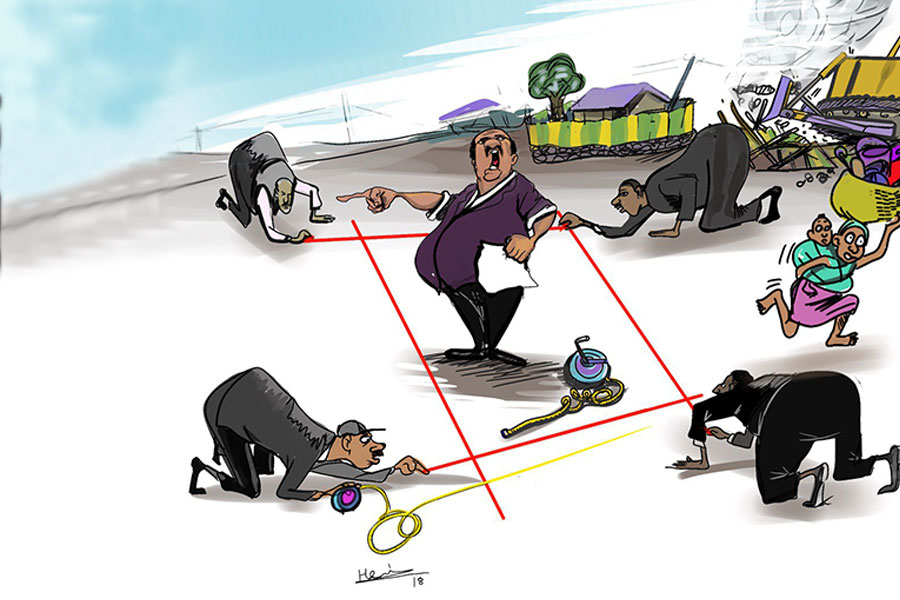
Sep 20 , 2025
Getachew Reda's return to the national stage was always going to stir attention. Once...

Oct 12 , 2025
Tomato prices in Addis Abeba have surged to unprecedented levels, with retail stands charging between 85 Br and 140 Br a kilo, nearly triple...
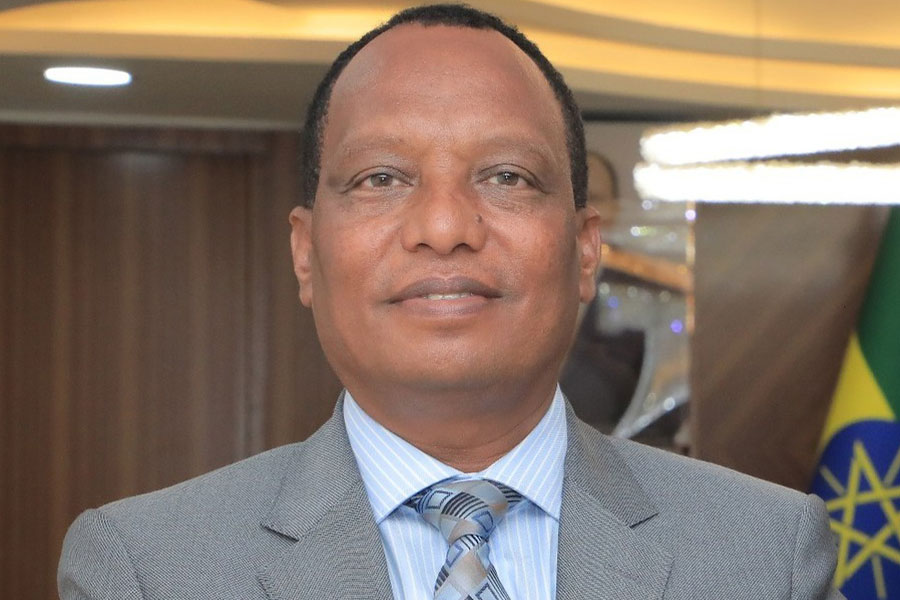
Oct 12 , 2025 . By BEZAWIT HULUAGER
A sweeping change in the vehicle licensing system has tilted the scales in favour of electric vehicle (EV...

A simmering dispute between the legal profession and the federal government is nearing a breaking point,...

Oct 12 , 2025 . By NAHOM AYELE
A violent storm that ripped through the flower belt of Bishoftu (Debreziet), 45Km east of the capital, in...